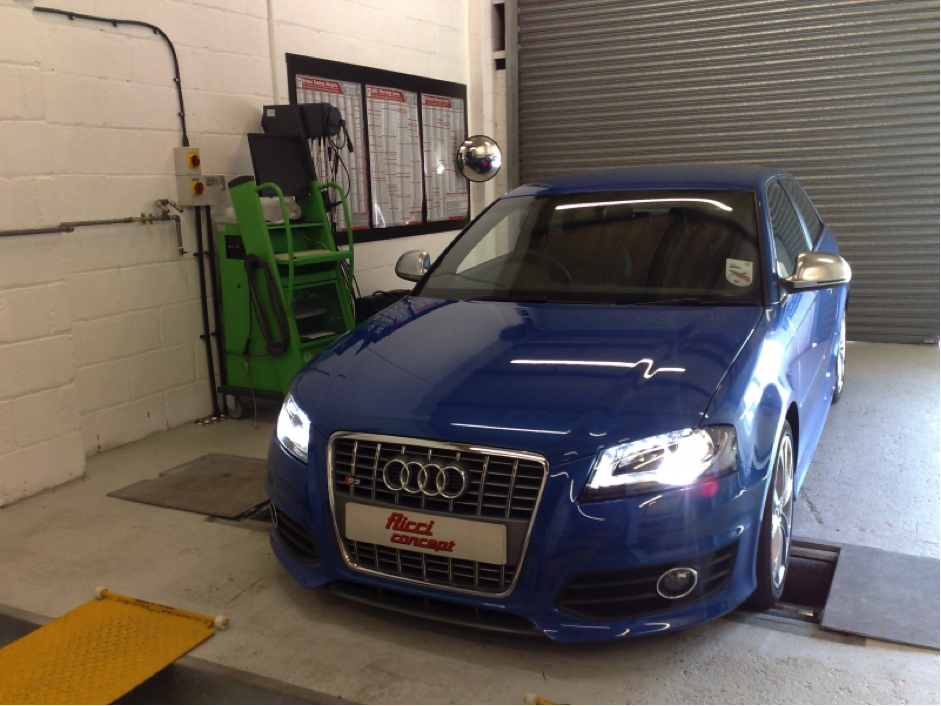MOT rules are changing in the UK from May 2018. Here’s what is being changed and how it could affect you.
The Driving and Vehicle Standards Agency (DVSA) is making changes to the way the MOT test is carried out. The changes will take effect from 20th May 2018 and will affect the testing procedures and standards for MOT tests in England, Scotland and Wales.
Find out more here:-
https://www.gov.uk/government/news/mot-changes-20-may-2018
What are the changes?
An updated inspection manual for MOT testers
A new MOT inspection manual will be introduced. The manual will be used by authorised MOT testers across the UK. The government has issued a draft manual which highlights the proposed changes. Changes may still be made before the final manual is issued in May.
New defect categorisations
Each defect found will be categorised as either
- dangerous,
- major
- or minor.
- Manual advisories will no longer be given.
Dangerous and major defects will cause a car to fail its MOT test and drivers will be advised not to drive the vehicle away in its current condition.
Minor defects can be considered as being similar to advisories in the current test. A vehicle will still pass its MOT if it only has minor defects.
It is hoped that the changes will make it easier for motorists to see which areas of their vehicle need more attention.
Vehicle exhaust emissions checks
New limits will be introduced for vehicle exhaust emissions testing with lower limits for diesel cars.
Classic cars exemption
Some classic cars (vehicles over 40 years old) may be exempt from statutory MOT testing. To qualify for exemption, these older vehicles must be registered as a ‘vehicle of historic interest’ with the DVLA and should not be extensively modified.
Additional components listed
Several components have been added to the draft manual issued by the DVSA that must be checked during an MOT test.
These are:
Lamps
- Front fog lamps (fitted to vehicles first used from 1st March 2018)
- Daytime running lamps (fitted as original equipment on or after 1st March 2018)
- Reversing lamps (fitted to vehicles first used from 1st September 2009)
Steering
- Steering gear casing
- ‘Fly by wire’ steering systems
Brakes
- Endurance braking system (applies to larger vehicles such as caravans only)
Other equipment
- Noise suppression systems (including exhaust silencers and under-bonnet deadening material)
- Anti-theft device
Why are the changes being made?
The changes are being made to comply with the EU roadworthiness directive, which is a broad set of rules covering everything from the technical inspection of cars to the registration of vehicle documents.
The DVSA carried out public consultations to inform the changes made to the MOT testing system. It hopes that these changes will benefit both MOT testers and customers, by improving the structure of the test and making the results easier to understand.

